Integrating social media content into your WordPress website can significantly boost user engagement and provide fresh, dynamic content. Facebook feeds, in particular, offer a valuable way to showcase your latest posts, events, and interactions without requiring visitors to leave your site. As a WordPress website development agency, we’ve seen how the right Facebook feed plugin can transform a static website into an interactive hub that keeps visitors coming back.
With numerous Facebook feed plugins available for WordPress, choosing the right one for your specific needs can be challenging. Each plugin offers different features, customization options, and performance impacts that can affect your website’s user experience and loading speed.
In this comprehensive guide, we’ll walk through the top five Facebook feed plugins for WordPress, examining their key features, pricing, and ideal use cases. We’ll also provide practical guidance on selecting and implementing the right plugin to enhance your website’s engagement without compromising performance.
Why Integrate Facebook Feeds on Your WordPress Website
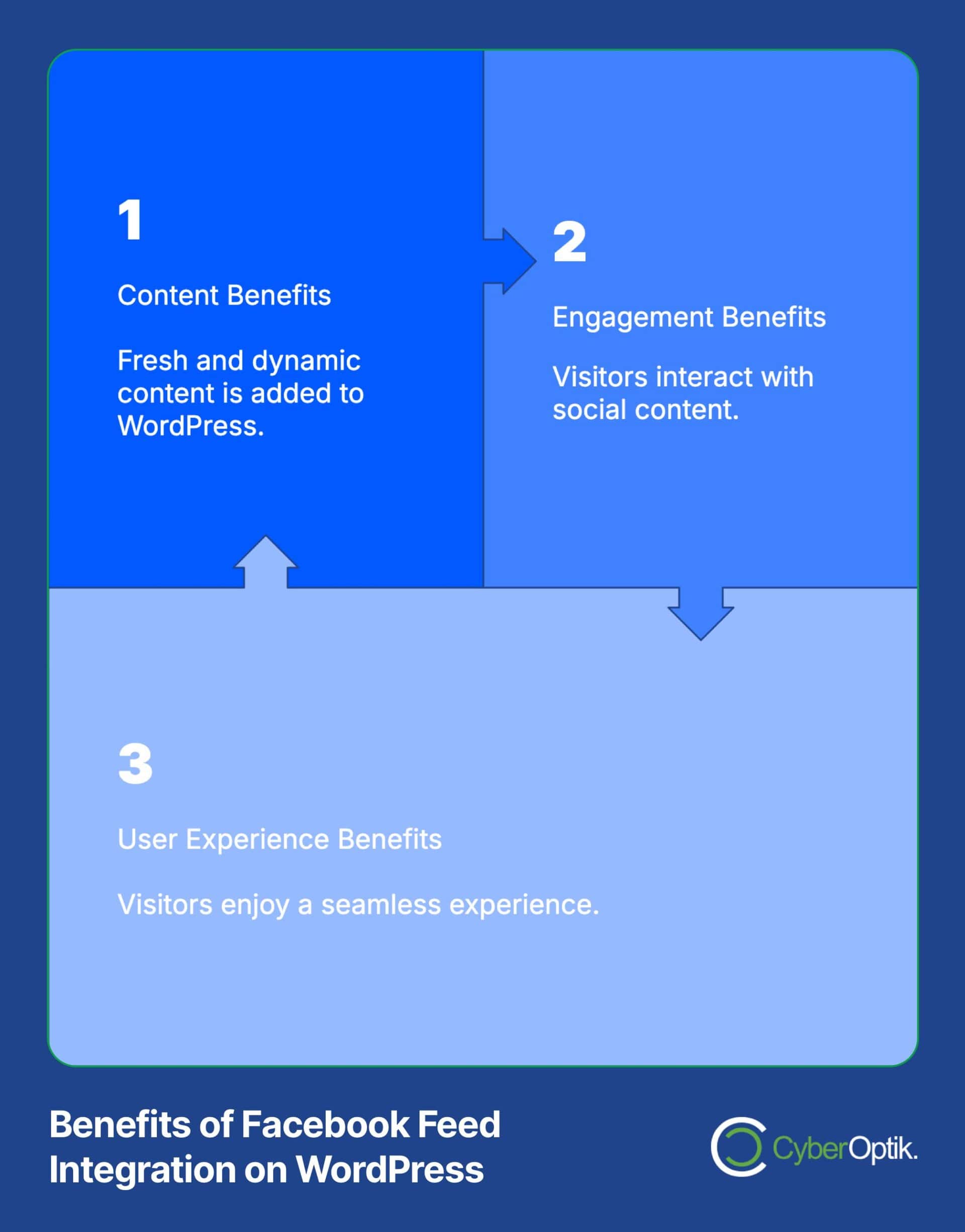
Adding a Facebook feed to your WordPress site offers several strategic advantages for businesses looking to enhance their online presence. Understanding these benefits helps clarify why this integration is worth considering for your website strategy.
Here are the key benefits of integrating Facebook feeds on your WordPress website:
- Fresh, dynamic content – Automatically display your latest Facebook posts without manually updating your website
- Increased engagement – Encourage visitors to interact with your social content directly from your website
- Extended content lifespan – Give your social media posts additional exposure beyond Facebook’s timeline
- Social proof – Showcase your active social presence and community interaction
- Reduced content creation burden – Leverage existing social content to keep your website fresh
For business websites, this integration creates a seamless experience where visitors can see your latest updates, announcements, and community engagement without navigating away from your site. This approach helps maintain visitor attention while demonstrating your brand’s active online presence.
Key Features to Look for in Facebook Feed Plugins
Not all Facebook feed plugins offer the same functionality. Before selecting a plugin, it’s important to understand which features will best serve your website goals and user experience needs.
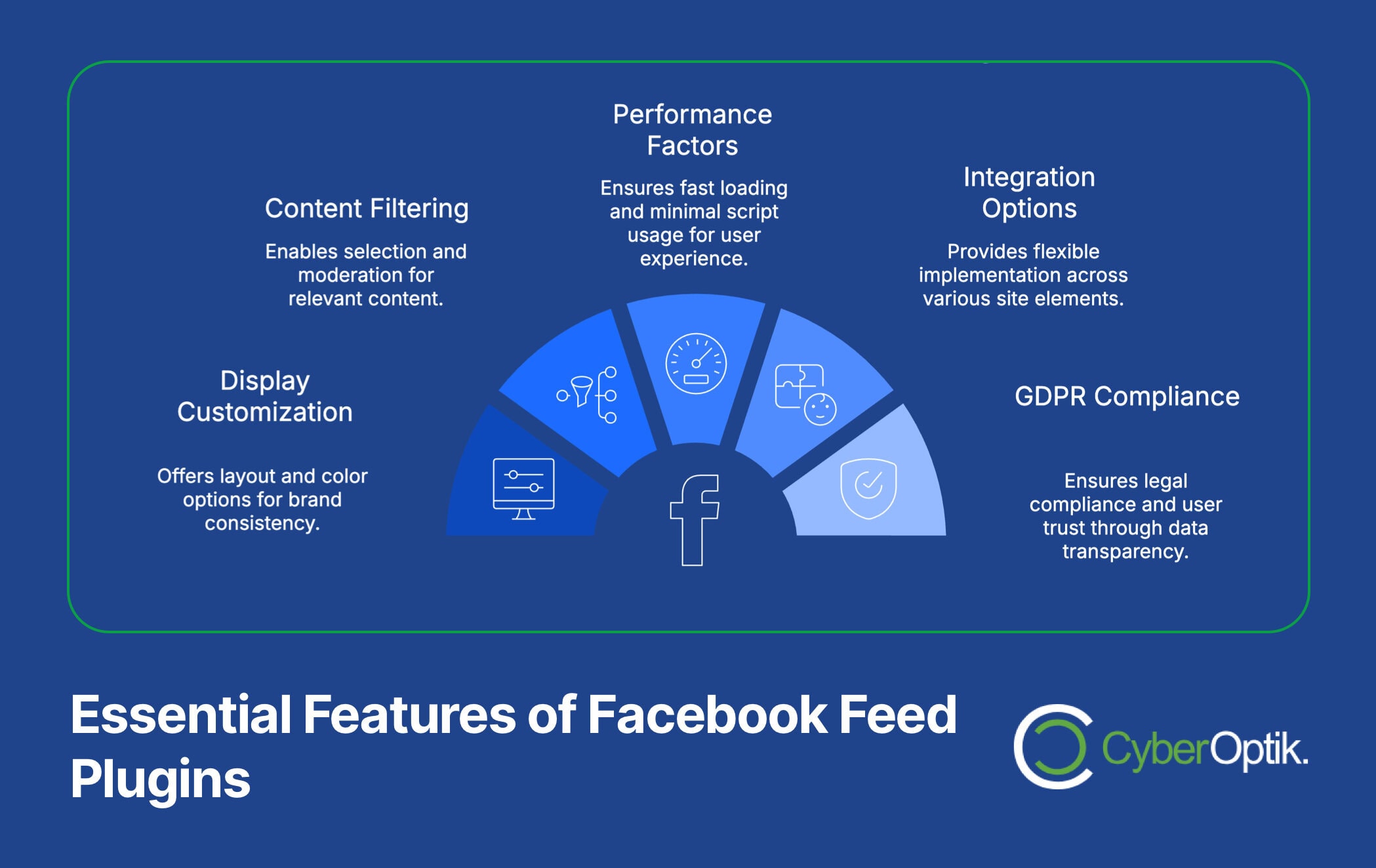
When evaluating Facebook feed plugins for WordPress, consider these essential features:
| Feature Category | Important Elements | Business Impact |
|---|---|---|
| Display Customization | Layout options, color schemes, responsive design | Brand consistency and professional appearance |
| Content Filtering | Post type selection, keyword filtering, moderation | Content relevance and brand safety |
| Performance | Loading speed, caching options, minimal scripts | User experience and SEO rankings |
| Integration Options | Widgets, shortcodes, block editor support | Flexible implementation across your site |
| GDPR Compliance | Cookie notices, data handling transparency | Legal compliance and user trust |
These feature categories help organize your evaluation process as you compare different plugins. Prioritizing features based on your specific business needs will lead to a more effective implementation.
Beyond these core features, also consider the plugin’s update frequency, support quality, and user reviews. Regular updates indicate the developer is maintaining compatibility with WordPress core and Facebook API changes, which is crucial for long-term stability.
Top 5 Facebook Feed Plugins for WordPress
After analyzing performance, features, and user satisfaction across available options, we’ve identified the five best Facebook feed plugins for WordPress websites. Each plugin offers unique advantages that may make it ideal for specific use cases.
Let’s explore these top options in detail to help you determine which plugin aligns best with your website goals and technical requirements.
1. Smash Balloon Social Post Feed (Facebook Feed Pro)
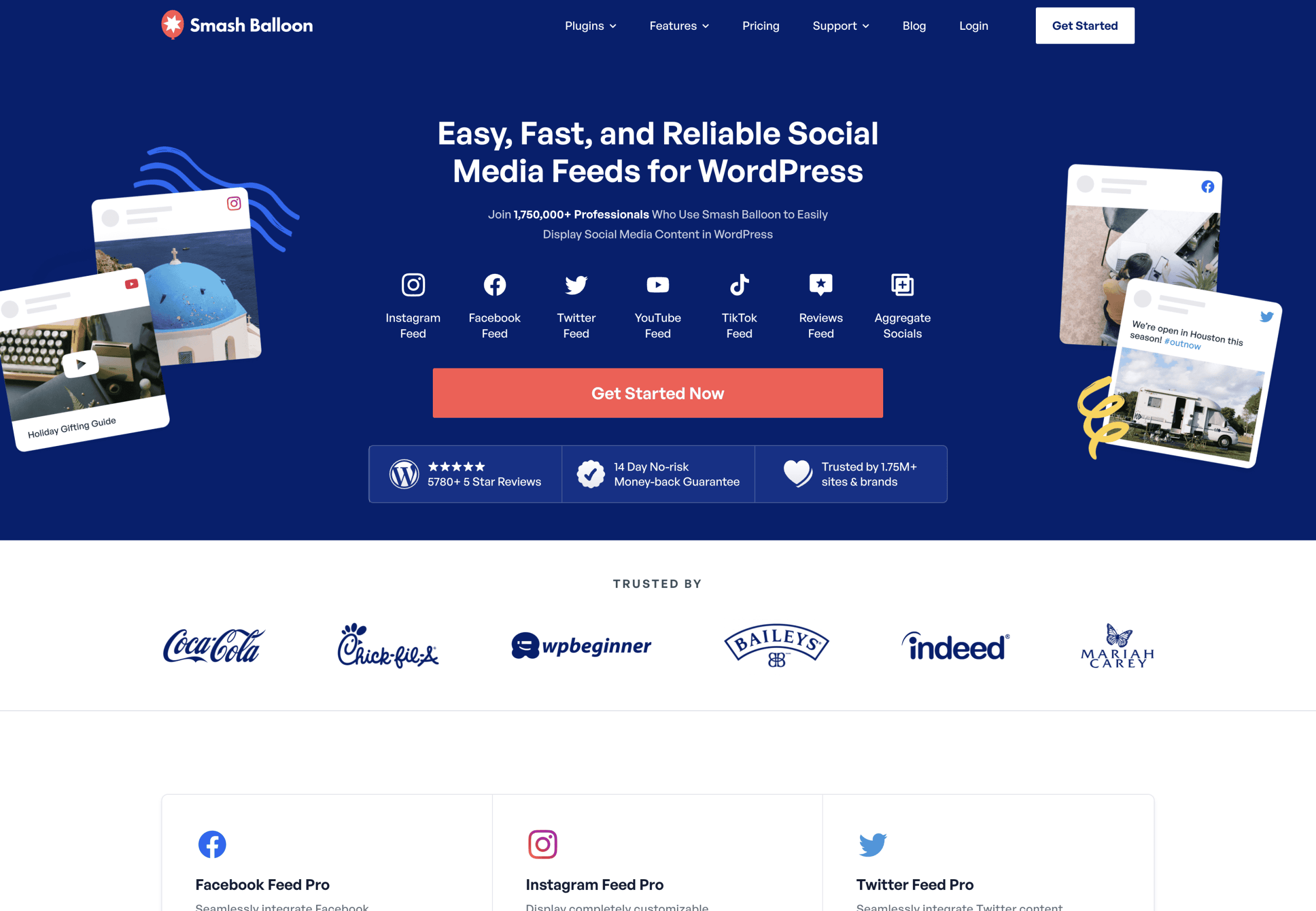
Smash Balloon stands out as the market leader, earning an impressive 4.8/5 rating from over 2 million WordPress users.
This plugin offers a robust set of features designed for both ease of use and extensive customization. The visual customizer allows you to adjust your feed’s appearance while seeing real-time previews, making it accessible even for users without coding knowledge.
Key Features of Smash Balloon
Smash Balloon offers GDPR-compliant implementation that improves your organic search visibility through crawlable content instead of iframes. This approach aligns with modern SEO best practices.
The plugin supports displaying content from multiple Facebook pages in a single feed, which is particularly valuable for businesses managing several brands or locations. You can filter content by type (photos, videos, events) or by specific hashtags and keywords.
For businesses concerned about consistent branding, Smash Balloon offers extensive styling options, including custom CSS capabilities for advanced users. The responsive design ensures your feed looks professional across all devices.
Pricing starts at $49 per year for a single site, with higher tiers available for agencies and developers needing multiple site licenses.
| Pros | Cons |
|---|---|
| Intuitive visual customizer | Premium pricing may not suit small budgets |
| Excellent documentation and support | Some advanced features only in higher price tiers |
| Regular updates and Facebook API compatibility | Can impact page load speed if not properly cached |
| SEO-friendly implementation | Learning curve for accessing all features |
Smash Balloon is particularly well-suited for businesses that prioritize customization options and need reliable, well-supported functionality with minimal maintenance requirements.
2. Common Ninja’s Facebook Feed Widget
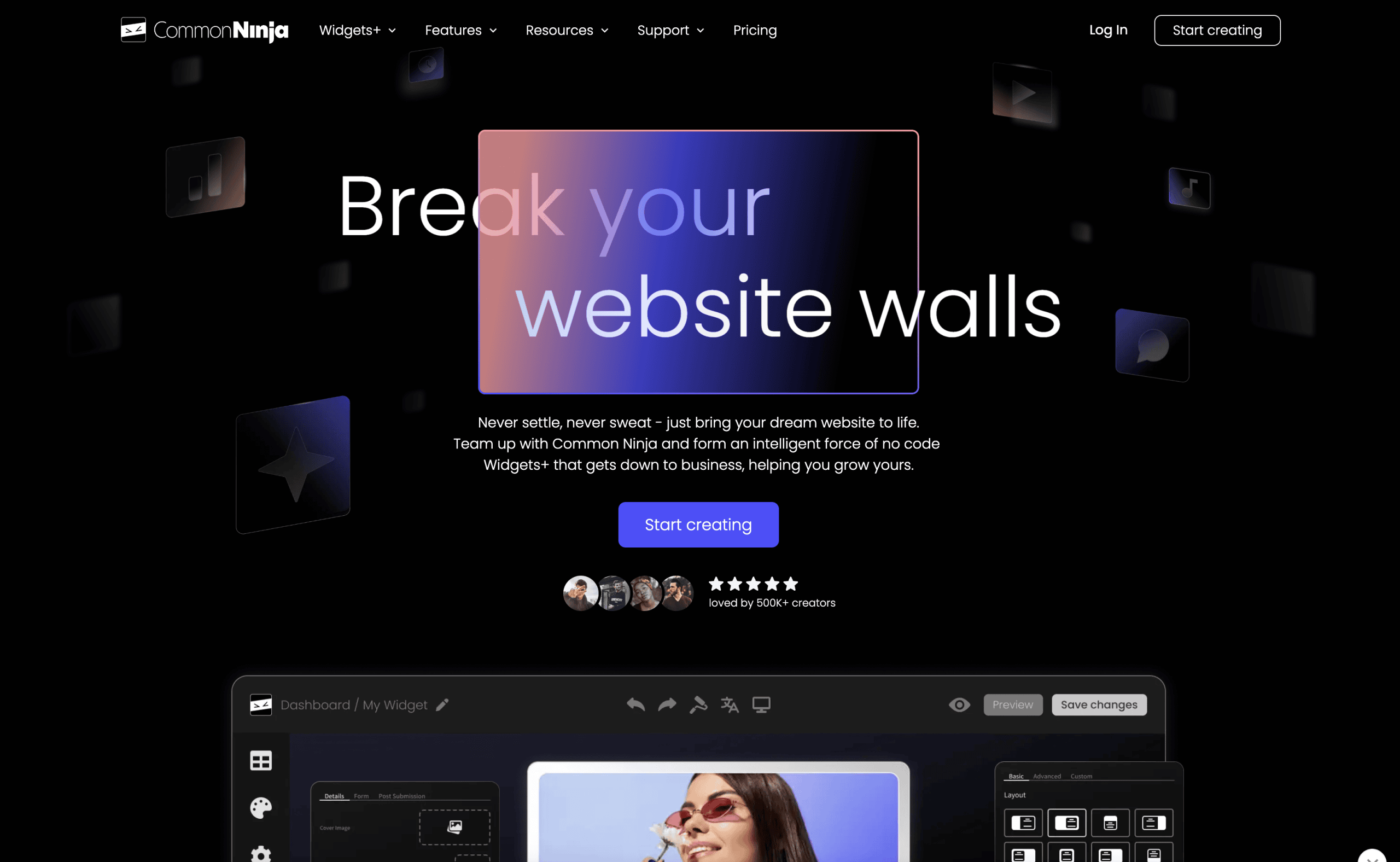
Common Ninja offers a versatile Facebook feed widget that focuses on simplicity and reliable performance. The plugin stands out for its automatic synchronization feature that ensures your website always displays the latest Facebook content.
Installation is straightforward, requiring just a few clicks to connect your Facebook page and display your feed. This makes it particularly appealing for business owners who want quick implementation without a complex setup process.
The plugin supports various layout options, including grid and carousel displays, allowing you to choose the presentation that best complements your website design. Its responsive implementation ensures proper display across desktop and mobile devices.
Common Ninja operates on a freemium model, with a basic version available at no cost and a premium version offering additional customization options and priority support.
For business websites focusing on event promotion or regular updates, Common Ninja’s automatic synchronization feature ensures visitors always see your most recent content without manual intervention.
| Best Used For | Implementation Complexity | Performance Impact |
|---|---|---|
| Business sites needing simple, reliable feeds | Low - Easy setup process | Medium - Good with caching |
| Event-focused organizations | Low - Minimal configuration required | Medium - Responsive but requires optimization |
| Websites with frequent social updates | Low - Quick implementation | Medium - Functions well with proper settings |
The main advantage of Common Ninja’s approach is how it balances simplicity with sufficient customization options to satisfy most business needs. While it may not offer the extensive feature set of some premium-only solutions, it provides reliable functionality for standard Facebook feed integration.
3. Tagbox Widget Plugin
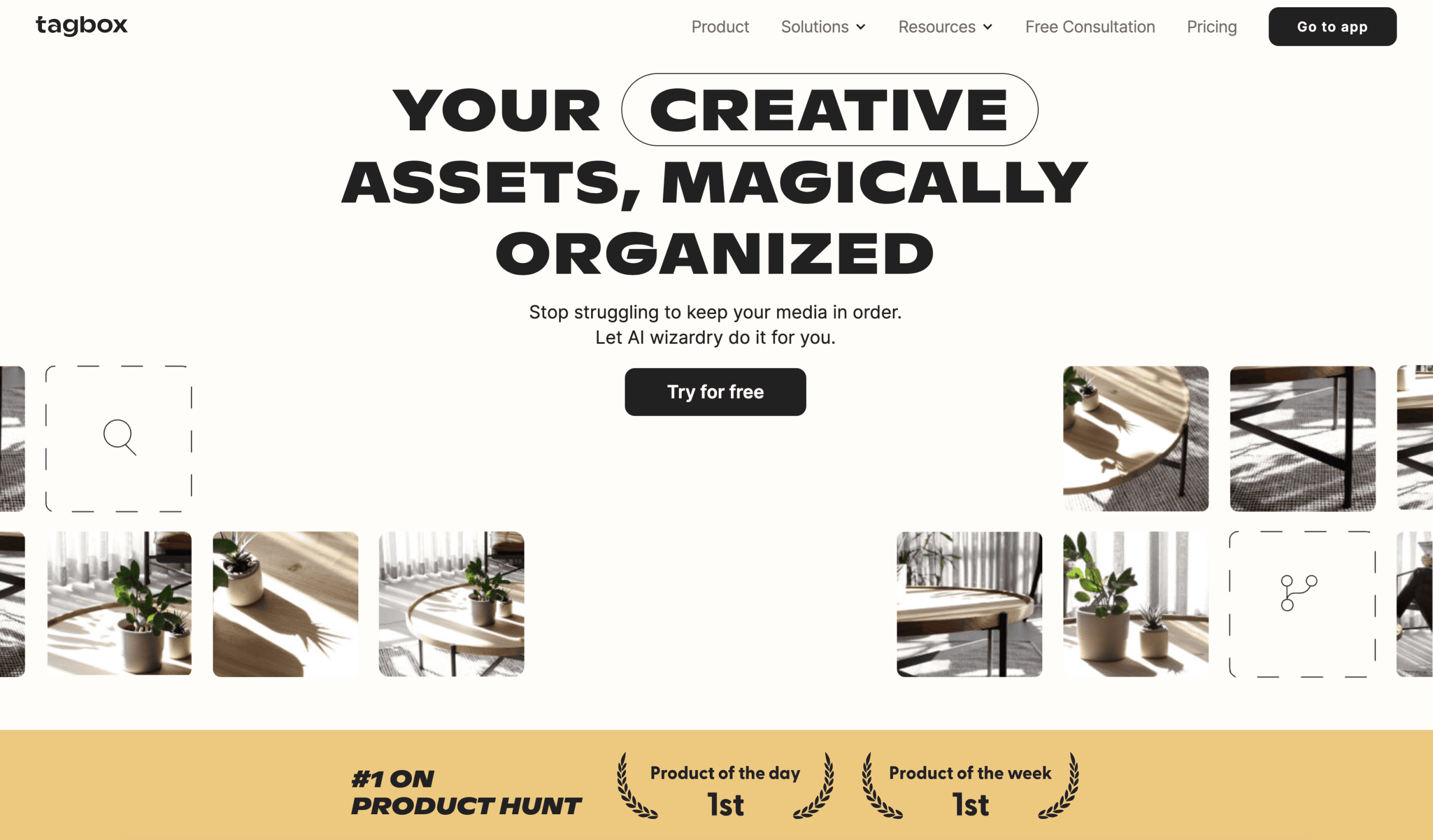
Tagbox offers a streamlined approach to Facebook feed integration with its one-click embedding solution. This plugin stands out for its moderation tools that give businesses complete control over which content appears on their website.
For businesses concerned about brand safety, Tagbox provides robust content filtering options. You can set up automatic moderation rules based on keywords or manually approve each post before it appears on your site. This level of control is particularly valuable for companies in regulated industries or those with strict content guidelines.
The widget supports various content formats from Facebook, including photos, videos, and text posts. Its visual customization options allow you to match your feed’s appearance to your website’s design while maintaining brand consistency.
One of Tagbox’s unique strengths is how it handles user-generated content. If your Facebook page receives significant customer interaction, the plugin’s moderation capabilities help you showcase positive engagement while filtering out inappropriate or irrelevant comments.
Implementation is straightforward with shortcode support that works across pages, posts, and widget areas. This flexibility makes it easy to place your Facebook feed in strategic locations throughout your website.
When to Choose Tagbox
Tagbox is particularly valuable for businesses that need to avoid social media failures by maintaining tight control over which Facebook content appears on their website.
While Tagbox doesn’t have the market share of larger players like Smash Balloon, its focused approach to content moderation makes it worth considering for businesses where content control is a priority.
4. Feed Them Social
Feed Them Social offers a versatile solution for businesses looking to display content from multiple social platforms, not just Facebook. This multi-network capability makes it particularly valuable for businesses with active presences across several social media channels.
The plugin supports Facebook pages, groups, and events, giving you flexibility in which content you display. For businesses that run Facebook groups alongside their page, this comprehensive coverage allows you to showcase community engagement directly on your website.
Installation follows a straightforward process with a dedicated setup wizard that guides you through connecting your social accounts. Once configured, you can use shortcodes to place feeds anywhere on your site or utilize the included widget options.
Feed Them Social uses a freemium model, with the free version offering basic functionality and premium extensions available for advanced features. This tiered approach allows businesses to start with essential features and expand as needed.
The premium extensions include enhanced styling options, popup lightbox features for media, and additional feed types. For businesses looking to create a unified social media presence on their website, the all-in-one approach offers significant value.
| Social Networks Supported | Free Version Capabilities | Premium Features |
|---|---|---|
| Facebook Pages | Basic display of recent posts | Advanced filtering and moderation |
| Facebook Groups | Limited styling options | Full customization capabilities |
| Facebook Events | Standard responsive layouts | Additional layout options (carousel, grid, etc.) |
| Instagram, Twitter, YouTube | Basic integration | Combined feeds from multiple networks |
The ability to display content from Facebook groups provides a unique advantage for businesses that use groups for customer communities or membership programs. This feature allows you to highlight community engagement and activity directly on your main website.
5. 10Web Social Post Feed
10Web Social Post Feed focuses on simplicity and mobile optimization, making it an excellent choice for businesses prioritizing the mobile user experience.
This plugin stands out for its lightweight approach, which helps maintain fast loading times even on mobile connections. The mobile-optimized layouts ensure your Facebook content displays properly on smartphones and tablets, which is increasingly important as mobile traffic continues to grow.
Setup requires minimal configuration, with an intuitive interface that guides you through connecting your Facebook page and selecting display options. The straightforward approach makes it accessible for business owners without technical expertise.
10Web offers several layout templates that you can implement with a few clicks, removing the need for custom CSS or complex configuration. This template-based approach helps maintain a professional appearance while simplifying the setup process.
The plugin supports shortcodes and widgets, giving you flexibility in placement across your site. You can customize the number of posts displayed, layout style, and update frequency to match your content strategy.
For businesses with content-heavy websites, 10Web’s efficient loading approach helps prevent your Facebook feed from negatively impacting overall site performance. This balance of functionality and optimization makes it worth considering for performance-conscious websites.
While 10Web may not offer the extensive feature set of some competitors, its focus on core functionality and performance makes it a solid option for businesses seeking simplicity and reliability in their Facebook feed implementation.
How to Choose the Right Facebook Feed Plugin for Your Website
Selecting the most appropriate Facebook feed plugin requires evaluating your specific business needs against the features offered by each option. This decision impacts not only how your social content displays but also your website’s performance and maintenance requirements.
Consider these key factors when making your selection:
| Business Requirement | Business Requirement | Why It's Suitable |
|---|---|---|
| Maximum customization options | Maximum customization options | Comprehensive styling controls and display options |
| Multiple social networks | Multiple social networks | Unified approach to various social platforms |
| Content moderation needs | Content moderation needs | Advanced filtering and approval systems |
| Performance optimization | Performance optimization | Lightweight implementation with mobile focus |
| Simple implementation | Simple implementation | Quick setup with automatic updates |
This decision matrix helps match your primary requirements with the most suitable plugin option. Your specific industry may also influence this choice, as different buyer personas interact with social content differently.
Another important consideration is your technical comfort level. Some plugins offer more user-friendly interfaces but fewer customization options, while others provide extensive capabilities that may require more setup time and technical knowledge.
Budget constraints will also factor into your decision, as pricing ranges from free options with basic functionality to premium solutions with comprehensive feature sets. Evaluate the return on investment based on how central social media integration is to your overall marketing strategy.
Best Practices for Implementing Facebook Feeds
Once you’ve selected a Facebook feed plugin, proper implementation is crucial for maximizing its effectiveness while maintaining website performance. Following these best practices will help you achieve optimal results from your social media integration.
Here are essential implementation tips that help avoid common pitfalls:
- Optimize loading performance – Enable caching options in your chosen plugin to reduce load time impacts
- Place feeds strategically – Position your Facebook feed where it enhances rather than distracts from primary conversion actions
- Limit post quantity – Display 3-5 posts rather than an extensive feed to maintain loading speed
- Test across devices – Verify your feed displays properly on desktops, tablets, and smartphones
- Maintain brand consistency – Customize colors and styling to match your website’s visual identity
Performance considerations deserve special attention when implementing Facebook feeds. Social media integrations can impact your website’s loading speed, which affects both user experience and search engine rankings. Using proper caching techniques mitigates this impact while maintaining fresh content.
Remember that your website should remain the primary destination, with social media feeds serving as supporting content rather than the main focus. Position your feed where it naturally complements your site content without overwhelming it.
| Common Mistake | Better Approach |
|---|---|
| Placing Facebook feed at the top of your homepage | Positioning feed in sidebar or lower on the page after key information |
| Displaying too many posts (10+) | Limiting to 3-5 most recent or most engaging posts |
| Using default styling that clashes with your website | Customizing colors and layout to match your brand identity |
| Neglecting mobile appearance | Testing and optimizing feed display on mobile devices |
Regularly audit your feed’s performance and user engagement metrics to ensure it continues to add value to your website. If you notice increased bounce rates after implementation, consider adjusting the feed’s position or reducing the number of posts displayed.
Conclusion
Integrating a Facebook feed into your WordPress website offers significant benefits for user engagement and content freshness when implemented correctly. The five plugins we’ve examined each provide unique advantages that may make them ideal for different business needs.
Smash Balloon stands out for comprehensive customization, while Common Ninja excels in simplicity. Tagbox offers superior content moderation, Feed Them Social provides multi-platform coverage, and 10Web focuses on mobile optimization and performance.
When selecting a plugin, prioritize your specific business requirements, technical capabilities, and performance considerations. Remember that proper implementation is just as important as choosing the right plugin – strategic placement and optimization ensure your Facebook feed enhances rather than detracts from your website experience.
If you need assistance integrating social media with your WordPress website or want to explore custom social media integration solutions, our team at CyberOptik can help. We specialize in creating WordPress websites that incorporate social media content while maintaining performance and conversion optimization.




